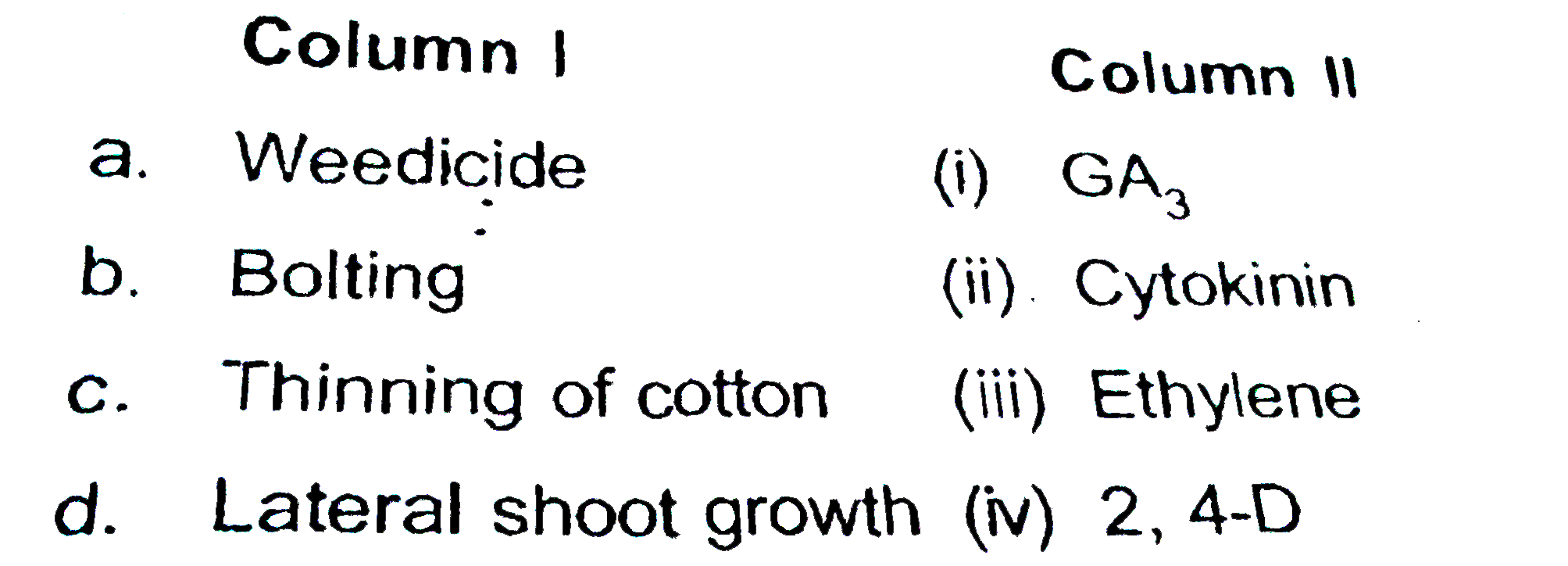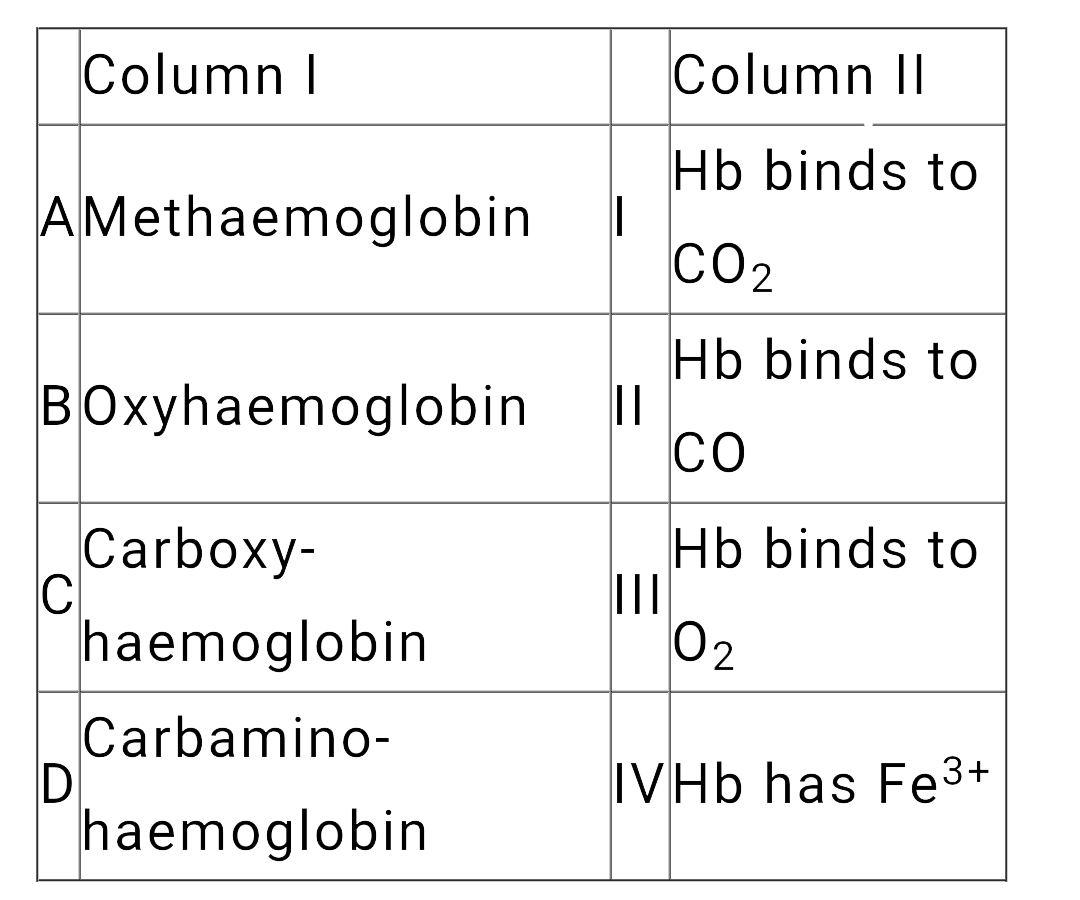Match the following
Column-IColumn-IIa.Begining of oesophagus(i)Skeletal muscle b.Posterior end of oesophagus (ii)Cardiac muscle c.Heart(iii)smooth muscle
a(i),b(iii),c(ii)
a(i),b(ii),c(iii)
a(ii),b(iii),c(i)
a(iii),b(i),c(ii)
To solve the matching question, we need to identify which type of muscle corresponds to each part of the body listed in Column-I. Here’s the step-by-step solution:
Step 1: Identify the Muscle Type for the Beginning of the Oesophagus
- The beginning of the oesophagus is associated with the upper esophageal sphincter, which consists of voluntary muscles.
- These voluntary muscles are classified as skeletal muscles.
Match: A (Beginning of oesophagus) → (i) Skeletal muscle
Step 2: Identify the Muscle Type for the Posterior End of the Oesophagus
- The posterior end of the oesophagus is related to the lower esophageal sphincter, which operates involuntarily.
- The muscles here are classified as smooth muscles.
Match: B (Posterior end of oesophagus) → (iii) Smooth muscle
Step 3: Identify the Muscle Type for the Heart
- The heart is an involuntary organ that consists of a specialized type of muscle known as cardiac muscle.
- This muscle type is specifically designed for the heart's function.
Match: C (Heart) → (ii) Cardiac muscle
Final Matches
- A matches with (i) Skeletal muscle
- B matches with (iii) Smooth muscle
- C matches with (ii) Cardiac muscle
Summary of Matches
- A → (i)
- B → (iii)
- C → (ii)
Final Answer
- A1, B3, C2
---
- The beginning of the oesophagus is associated with the upper esophageal sphincter, which consists of voluntary muscles.
- These voluntary muscles are classified as skeletal muscles.
Match: A (Beginning of oesophagus) → (i) Skeletal muscle
- The posterior end of the oesophagus is related to the lower esophageal sphincter, which operates involuntarily.
- The muscles here are classified as smooth muscles.
- The heart is an involuntary organ that consists of a specialized type of muscle known as cardiac muscle.
- This muscle type is specifically designed for the heart's function.
- A matches with (i) Skeletal muscle
- B matches with (iii) Smooth muscle
- C matches with (ii) Cardiac muscle
- A → (i)
- B → (iii)
- C → (ii)
- A1, B3, C2
Topper's Solved these Questions
- LOCOMOTION AND MOVEMENTBOOK - AAKASH INSTITUTE ENGLISHCHAPTER - LOCOMOTION AND MOVEMENTEXERCISE - EXERCISE
30 Videos
- LOCOMOTION AND MOVEMENTBOOK - AAKASH INSTITUTE ENGLISHCHAPTER - LOCOMOTION AND MOVEMENTEXERCISE - ASSIGNMENT SECTION-A
35 Videos
- LOCOMOTION AND MOVEMENTBOOK - AAKASH INSTITUTE ENGLISHCHAPTER - LOCOMOTION AND MOVEMENTEXERCISE - ASSIGNMENT SECTION-D
10 Videos
- HUMAN REPRODUCTIONBOOK - AAKASH INSTITUTE ENGLISHCHAPTER - HUMAN REPRODUCTIONEXERCISE - Try Yourself
19 Videos
- MICROBES IN HUMAN WELFAREBOOK - AAKASH INSTITUTE ENGLISHCHAPTER - MICROBES IN HUMAN WELFAREEXERCISE - Assignment (SECTION - D Assertion - Reason Type Questions)
10 Videos
Similar Questions
Match the following (Column -I and Column II)

View SolutionMatch the following (Column I with Column II).

View SolutionMatch the following (Column I with Column II)

View SolutionMatch the following Column I with Column II

Code
View SolutionMatch the following (column-I with column-II)

View SolutionMatch the following (column-I with column-II)

View SolutionMatch the following (column-I with column-II)

View SolutionMatch the following (column-I with column-II)

View SolutionMatch the following column-I and Column-II-:

View SolutionMatch the following Column I with column II:

View Solution
